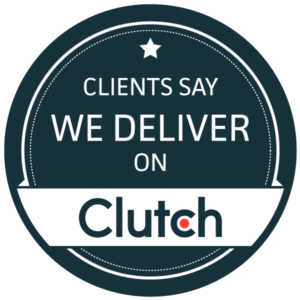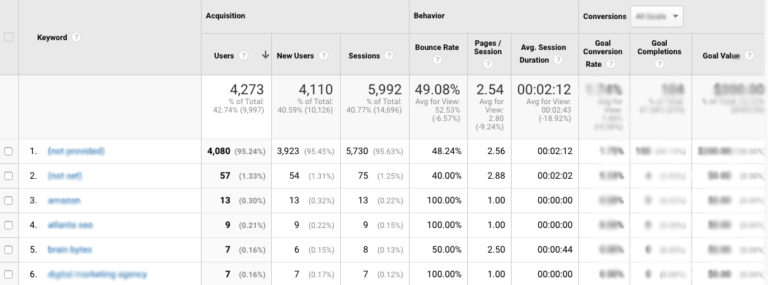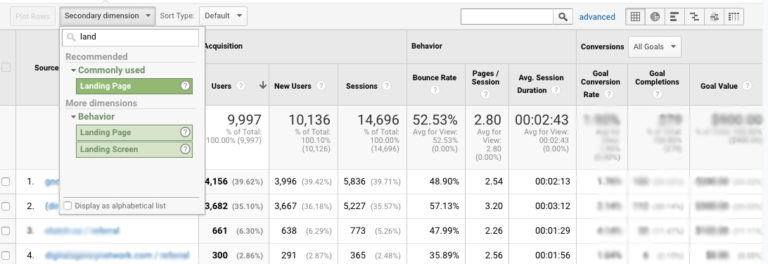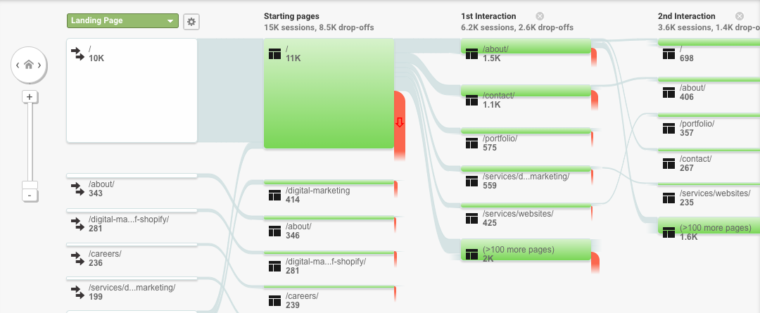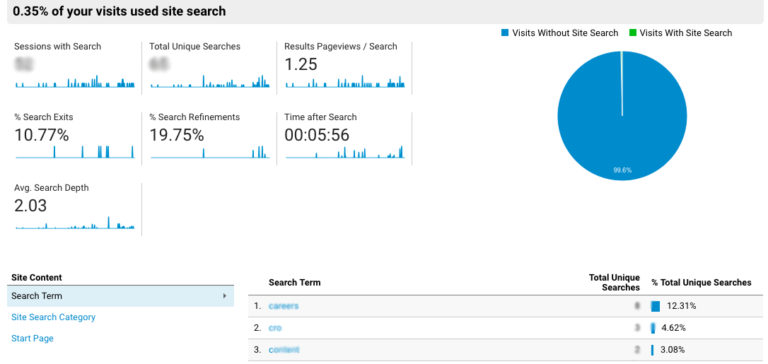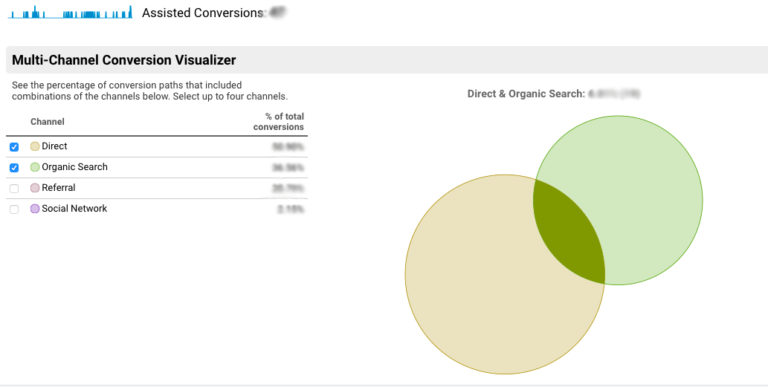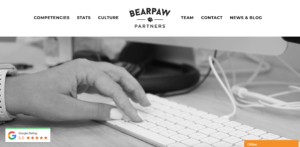Here are five things that companies can do to offset some of the revenue and sales pipeline losses associated with COVID-19.

1. Focus on creating SEO-focused content as part of your marketing efforts for COVID-19
Consider asking ALL EMPLOYEES to start writing content. Especially those who have less on their plate right now.
Create a content calendar for your employees, and get everyone involved in the effort. Have an agency support your content creation by performing keyword research and creating content assignments for people to write.
Get invested in this now, and your organization could produce an incredible amount of lead-generating content by the time things get back to normal.
Creating SEO-focused content can help bring in an influx of new leads in Q4 to make up for the leads and sales you are missing now. And even better – this work will have a lasting impact on your digital footprint, and may even help generate leads for years to come.

2. Invest in targeted non-branded paid search campaigns.
Think about each of your offerings, and create a specific paid search campaign for each one to bring in new leads.
This approach can put a lot more leads into your pipeline and plant the seeds for sales that materialize in Q3 or Q4.
If you do it right (super-targeted ads, keywords, and landing pages), you can start creating these new leads very inexpensively. Check out this case study about how we created 12 new non-branded leads for $280 in ad spend.

3. Consider paid social campaigns in your marketing efforts for COVID-19
During this period of social distancing, there will be a lot more people on social media.
With paid social campaigns, you can start to raise awareness about your brand and your products.
You can also begin to gather a lot of information about people who might be interested in your offerings by the time this crisis has waned.
Paid social campaigns are an excellent option for companies where brand awareness is crucial.
Strategically placed paid social campaigns can also benefit companies with an incredibly unique, timely, or special offer.

4. Focus on your website.
During slower periods, you can give more attention to building or augmenting your website.
If you have a website project on the horizon, now is a smart time to get it launched and have it ready in time for the market when the crisis calms down.

5. Make your conferences virtual.
If you have a conference on the horizon that poses a health risk, consider building a virtual version rather than canceling altogether.
Leverage live streaming services for keynote speakers, set up messaging services for real-time participation, and create breakout rooms for networking.
Find ways to up the ante like offering virtual solutions and consultations for attendees and creating forums for people in your industry to talk about ways they are dealing with the COVID-19 crisis.
Moments of crisis can cause a lot of anxiety.
Rather than focus on the thoughts and worry, we hope impacted businesses can use these ideas to expand their digital footprint and reprioritize their marketing efforts for COVID-19.
We’re always ready to help you find digital ways to drive your sales and improve your pipeline. Contact us today for a free evaluation.
Get info about the Coronavirus here.



